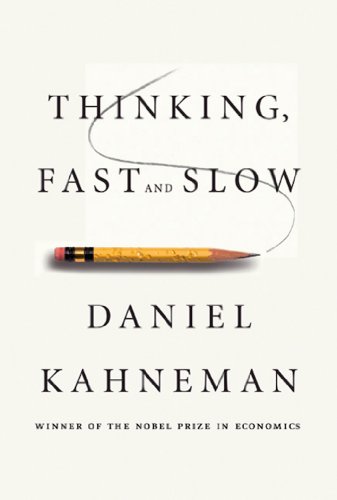

This article is an excerpt from the Shortform summary of "Thinking, Fast and Slow" by Daniel Kahneman. Shortform has the world's best summaries of books you should be reading.
Like this article? Sign up for a free trial here .
What is the sunk cost fallacy? What are some examples of the sunk cost fallacy?
The sunk cost fallacy is the tendency to keep investing time or money in something because you’ve already invested a lot of time, money, or resources into it. In doing so, we separate life into separate accounts, instead of considering the global account.
Learn what the sunk cost fallacy is and why it’s so easy to fall for it.
The Sunk Cost Fallacy and Mental Accounts
Let’s start with a sunk cost fallacy example. If you narrowly focus on a single failed project, you feel reluctant to cut your losses, but a broader view would show that you should cut your losses and put your resources elsewhere. This is the sunk cost fallacy.
The sunk cost fallacy is related to “binning.”
We have a tendency to bin outcomes into separate accounts. This provides organization and simplifies calculations, but can become costly. People don’t like to close accounts with a negative balance.
The Detriments of “Binning”: Sunk Cost Fallacy
Examples of when binning is harmful:
- Novice stock traders see each stock in isolation, selling to capture gains and keeping losers to recover losses, when the opposite is a more profitable strategy. Experienced stock traders have the broader framing that the portfolio of stocks is more important than any individual stock. Novices fall prey to the sunk cost fallacy.
- Sunk cost fallacy occurs when you focus on the item at hand, rather than a global view of all assets and possibilities.
- For example, someone who buys a movie ticket is more willing to drive through a snowstorm to see the movie, compared to someone who was gifted the ticket. If the first person were willing to broaden the framing beyond the single ticket to include the other uses of his time, he might make a different decision.
- In companies, a CEO who has made sunk costs unsuccessfully is often replaced. The new CEO is unencumbered by the mental accounting and can objectively cut losses.
When you evaluate a decision, you’re prone to focus on the individual decision, rather than the big picture of all decisions of that type. This can lead to the sunk cost fallacy. A decision that might make sense in isolation can become very costly when repeated many times.
An analogy here is to focus on the outcome of a single bet, rather than assembling a portfolio of bets. This would be to commit the sunk cost fallacy.
Yet each single decision in isolation can be hampered by probability misestimations and inappropriate risk aversion/seeking. When you repeat this single suboptimal decision over and over, you can rack up large costs over time.
Antidote to the Sunk Cost Fallacy
To overcome the sunk cost fallacy, adopt risk policies: simple rules to follow in individual situations that give a better broad outcome. Examples:
- Check your stocks only once a quarter. Don’t trade on emotion.
- (Shortform suggestions: treat your time as costing $X per hour. Avoid spending time on activities that are unprofitable at this rate, even if you have a sunk cost.
- Always prioritize projects by return on investment (ROI) or internal rate of return (IRR), not by other confounding reasons.)
- You win a few, you lose a few. Don’t obsess over any individual outcome.
———End of Preview———

Like what you just read? Read the rest of the world's best summary of "Thinking, Fast and Slow" at Shortform . Learn the book's critical concepts in 20 minutes or less .
Here's what you'll find in our full Thinking, Fast and Slow summary :
- Why we get easily fooled when we're stressed and preoccupied
- Why we tend to overestimate the likelihood of good things happening (like the lottery)
- How to protect yourself from making bad decisions and from scam artists






